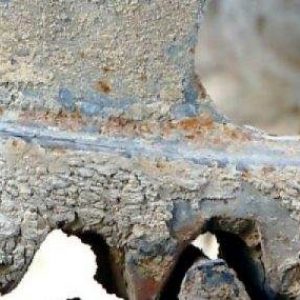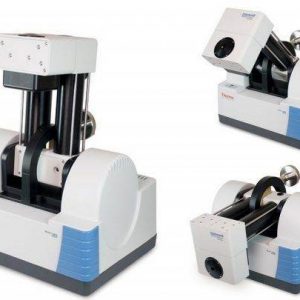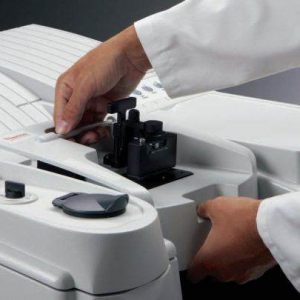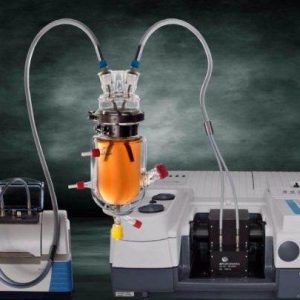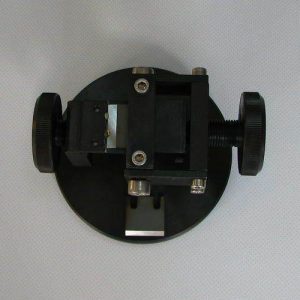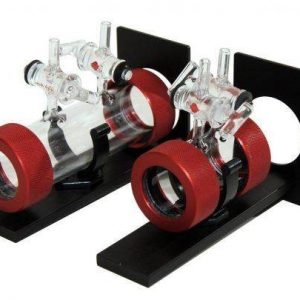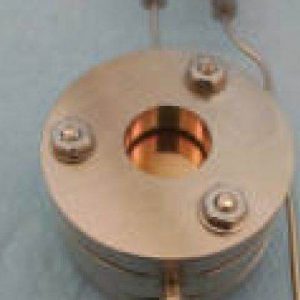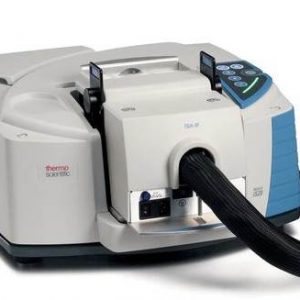- About the spectrometer
- Applications
- Accessory
MAX-OXT module for automated catalytic removal of some organic substances from the measured gas stream = elimination of noise and spectral interferences.
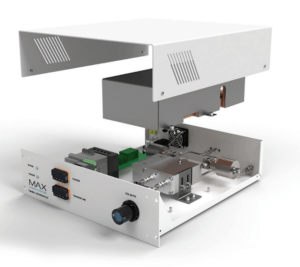
The MAX-OXT module uses low-temperature catalytic oxidation in the form of a system with two regularly alternating modes (the interval is chosen by the user according to the application):
- Bypass: the sample is unchanged and analyzed using a Max-IR spectrometer
- Oxidation Mode: the sample is treated by catalytic oxidation and then analyzed using the MAX-iR spectrometer. Some substances are selectively removed from the sample by this procedure. Thus, oxygenated substances (alcohols, ketones, aldehydes, acids, ethers, etc.) and some aromatic compounds (benzene, toluene) are removed from the sample, while other potential interfering gases such as H2O, CO2, CH4, C2H6 and other aliphatic hydrocarbons pass through unchanged .
Infrared spectra obtained in this way can be added to the regression analysis (in the form of creating a quantitative model, or directly during data measurement) as interference (or additional additive “background”), in this way you can e.g. reduce the influence of humidity vibrations in spectra up to 100x!
The connection of the MAX-OXT module with the MAX-iR analyzer leads to fundamentally lower detection limits for compounds such as formaldehyde and ethylen oxide. Ethylene oxide is a strong carcinogen and mutagen that must be closely monitored (e.g. in medical sterilization of personnel protection equipment). If the MAX-OXT module is applied to the analysis of ethylene oxide, the MAX-iR analyzer with Thermo Scientific™ StarBoost™ technology can easily detect and quantify the absorbance peak of ethylene oxide, which is approximately 1000 times smaller than the moisture bands in its spectral vicinity!
Everything is controlled by the MAX-Acquisition and MAX-Analytics software package for spectrum measurement, data archiving, creation of calibration models, non-stop on-line data measurement, Modbus™ TCP/IP, etc.





